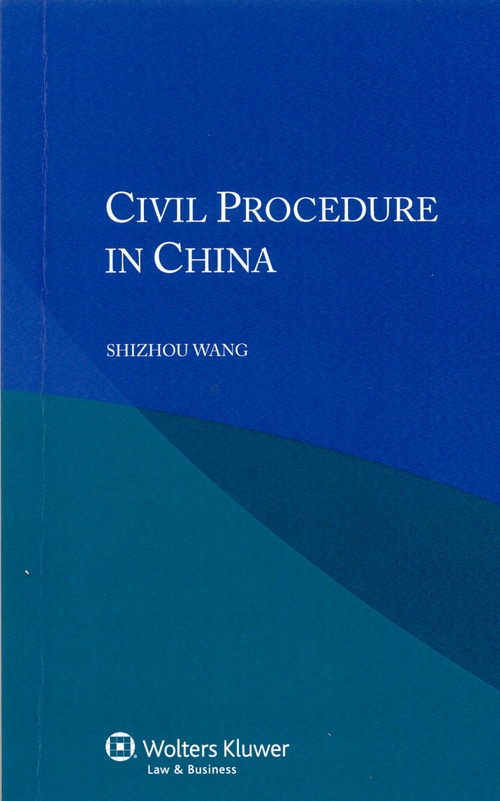A brief introduction of the autor:
Prof.Dr Shizhou Wang (born 20 June 1953)studied at the Law Faculty of Peking University(1978-1985),where he received his LLB and his first LLM degree, and also at the Law School of the University of California at Berkeley, USA(1987-1988),where he received his second LLM degree. From 1994 to 1996, he worked on a research project as Alexsand-von-Humboldt Research Fellow in Max-Planck-Institute of Foreign and International Criminal Law in Freiburg and at the University of Augsburg, Germany. He has worked at the Law Faculty of Peking University since 1985 and is professor of Law & LLD Supervisor. Since 2007, he has been engaged as the Visiting Professor of Stanford University in the Beijing Program and of Huaqiao University. He is the arbitrator for the China International Economic and Trade Arbitration Commission(CIETAC)since 2013. He has published many books and articles in China and had many books and articles in china and had many publications and translations in English, German, Russian, Turkish, Korean, Japanese, Spanish or Chinese in the USA, German, Russian, Turkish, Korean, Japanese, Spanish or Chinese in the Chinese Taiwan, Spain and South America. Prof. Wang was the winner of the Humboldt Research Award in 2009 and has been the Ambassador Scientist for the Alexsand-von-Humboldt Foundation since 2011.
A brief introduction to the book:
Derived from the renowned multi-volume International Encyclopaedia of Laws, this convenient volume provides comprehensive analysis of the legislation and rules that determine civil procedure and practice in China. Lawyers who handle transnational matters will appreciate the book’s clear explanation of distinct terminology and application of rules.
The structure follows the classical chapters of a handbook on civil procedure: beginning with the judicial organization of the courts, jurisdiction issues, a discussion of the various actions and claims, and then moving to a review of the proceedings as such. These general chapters are followed by a discussion of the incidents during proceedings, the legal aid and legal costs, and the regulation of evidence. There are chapters on seizure for security and enforcement of judgments, and a final section on alternative dispute resolution. Facts are presented in such a way that readers who are unfamiliar with specific terms and concepts in varying contexts will fully grasp their meaning and significance.
Succinct, scholarly, and practical, this book will prove a valuable time-savings tool for business and legal professionals alike. Lawyers representing parties with interests in China will welcome this very useful guide, and academics and researchers will appreciate its comparative value as a contribution to the study of civil procedure in the international context.

Civil Procedure in China
